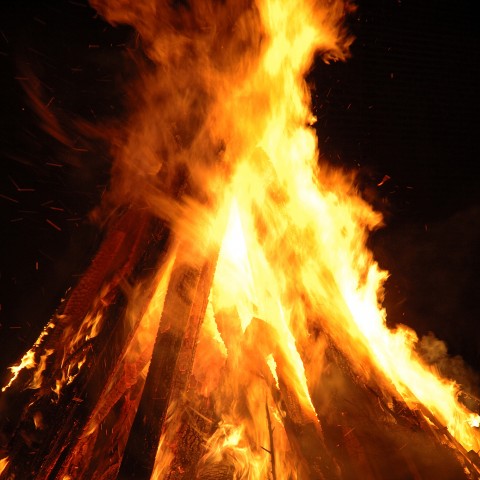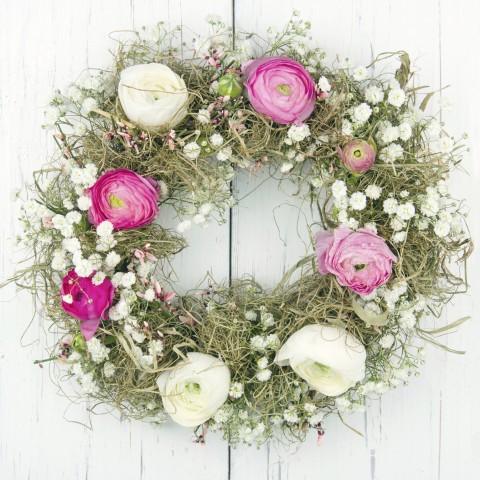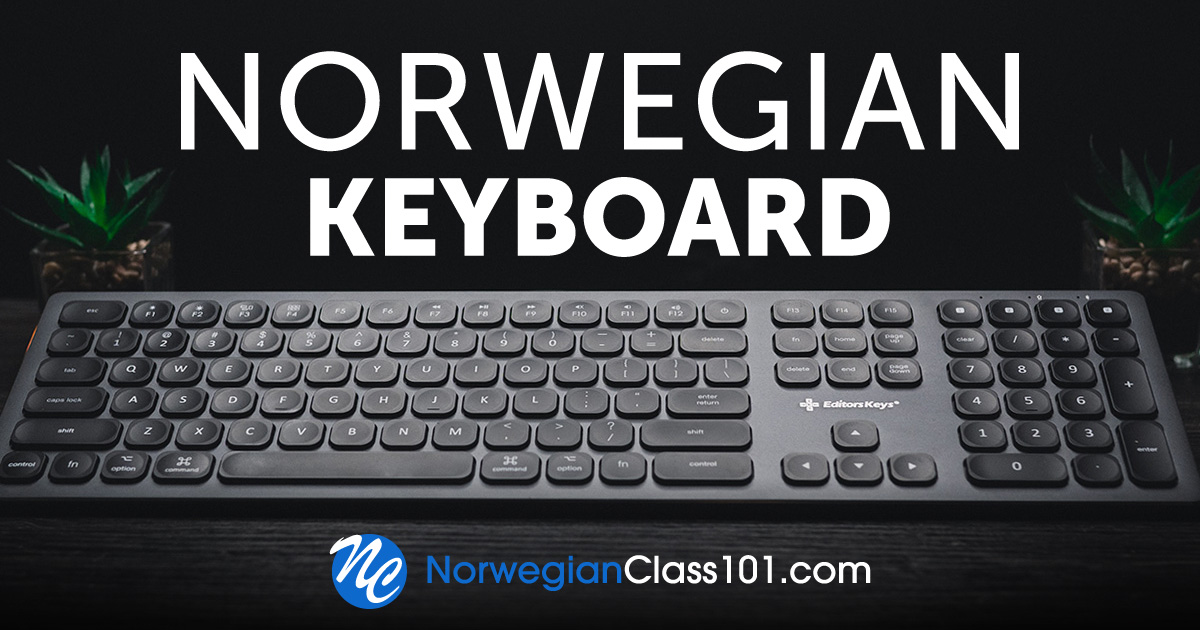Around the time of the summer solstice, Norway begins its celebration of Midsummer. With the weather warm and the days long, there couldn’t be a better time to enjoy the Midsummer festival Norway puts on each year. On Midsummer, Norway’s traditions have lost much of their original meaning and significance, but Norwegians still find Midsummer Day a time of fun and merriment.
In learning about Midsummer’s Eve traditions in Norway, you’re opening your eyes to some unique facets of the country’s culture. And as any successful language-learner can attest to, understanding a country’s culture is essential in mastering its language.
At NorwegianClass101.com, we aim to make this learning journey both fun and informative!
1. What is Midsummer Day?
On Midsummer Day, Norway remembers the birth of John the Baptist and celebrates midsummer or the summer solstice. Midsummer’s Eve can also be called jonsok, which originates from Norse and means “vigil for Jon.”
A long time ago, people believed that witches and other supernatural elements were abnormally strong on Midsummer’s Eve, since the sun turns that day. People gathered herbs and made a bonfire to keep the witches away. This was the origin of the Midsummer’s Eve bonfire.
Even if St. John’s Eve as a folk tradition isn’t so strong anymore, Norwegians still appreciate this summer holiday.
2. When is Midsummer?
Norway celebrates Midsummer (and the birth of John the Baptist) each year on June 23.
3. Reading Practice: Midsummer’s Eve Traditions
How do Norwegians celebrate Midsummer today? On Midsummer night, Norway is known for its record-breaking bonfires, but that’s not all. Learn more about this Midsummer holiday Norway so enjoy by reading the Norwegian text below. You can find the English translation directly below it.
—
De aller fleste nordmenn starter feiringen av Sankthansaften på ettermiddagen. Venner og familie samles for å spise og drikke sammen, og det vanligste er å grille. Etter dette leker barn og voksne , eller bare slapper av med prating. Dagen etter Sankthansaften er ikke lenger en fridag, så det finnes en del nordmenn som nå lar være å feire sankthansaften.
Etter man har spist og kost seg i flere timer, drar alle sammen og ser på at Sankthansbålet blir tent. Langs Norges kystlinje kan man se bål et etter et og mennesker som samles rundt de store bålene. Å se på Sankthansbålet brenne i skumringen er noe nordmenn synes er ekstra fint. Noen steder, som i nord, er det også en tradisjon å gå opp i fjellene istedet for å se på bål.
På sankthansaften i Norge er det ikke bare bål som blir satt fyr på, men også båter. På sørlandet, i Flekkefjord, er det vanlig å sette fyr på en gammel båt som er fylt med brennbare materialer. Denne tradisjonen startet på 1800-tallet, da ungdom fant en gammel bål, fylte den opp, tente på og så dro de denne båten med seg omkring i gatene. Grunnet brannfare blir denne båten nå ankret på sjøen og tent på der.
—
Most Norwegians will start the celebration in the afternoon. Friends and family gather to eat and drink together, and the most common activity is to barbecue. After this, the children and adults will play or relax and chat. The day after Midsummer’s Eve is no longer a holiday, so some Norwegians refrain from celebrating St. John’s Eve.
After eating and having fun for hours, everyone goes together to watch the lighting of St John’s bonfires. Along Norway’s coastline, you can see one bonfire after another and people gathering around the big bonfires. Looking at a bonfire burn in the dusk is something Norwegians really like. In certain places, it is also tradition to go up into the mountains instead of enjoying bonfires.
Midsummer’s Eve in Norway doesn’t only see bonfires set on fire, but also boats. In the southern part of Norway, in Flekkefjord, it is common to set an old boat filled with burning materials on fire. This tradition started in the 1800s when kids found an old boat, filled it up, lit a fire, and pulled the boat through the streets. Because of the fire hazard, boats are now anchored in the ocean and set alight there.
4. Tallest Bonfire in Norway
When it comes to the Midsummer bonfire, Norway isn’t just playing around. How tall do you think the biggest bonfire has been in Norway to date?
The tallest bonfire in Norway was in 2016, measuring 47.4 meters (about 155.5 feet). This bonfire currently holds the world record, and is called Slinningsbålet, referring to the tallest bonfire. Because of the fire hazard and pollution, many places in Norway prohibit St. John’s Eve bonfires.
5. Useful Vocabulary for Midsummer in Norway
Here’s the most important vocabulary you should know for the Midsummer holiday in Norway!
- Sommer — “Summer”
- Juni — “June”
- Grille — “Grill”
- Midtsommer — “Midsummer”
- Solverv — “Solstice”
- Bål — “Bonfire”
- Ild — “Fire”
- Midnattsol — “Midnight sun“
- Kyst — “Coast”
- Selskap — “Company”
- Jorbær — “Strawberry”
- Blomsterkrans — “Flower wreath”
To hear each of these vocabulary words pronounced, visit our Norwegian Midsummer Day vocabulary list. Here, each word is accompanied by an audio file of its pronunciation.
Conclusion
What do you think of Norway’s Midsummer celebrations? Does your country also celebrate Midsummer Day, and if so, are traditions there similar or very different? Let us know in the comments; we always love hearing from you!
To continue learning about Norwegian culture and the language, visit us at NorwegianClass101.com! We provide effective, practical learning tools for every learner so that anyone can master Norwegian. Read more insightful blog posts like this one, spruce up your Norwegian vocabulary, and chat with fellow Norwegian learners on our community forums. You can also upgrade to Premium Plus to begin using our MyTeacher program, where you can learn Norwegian with your own personal teacher!
Learning Norwegian is no easy goal to achieve, but your determination and good work will begin reaping rewards before you know it! And NorwegianClass101.com will be here with you on each step of your journey to language mastery.













